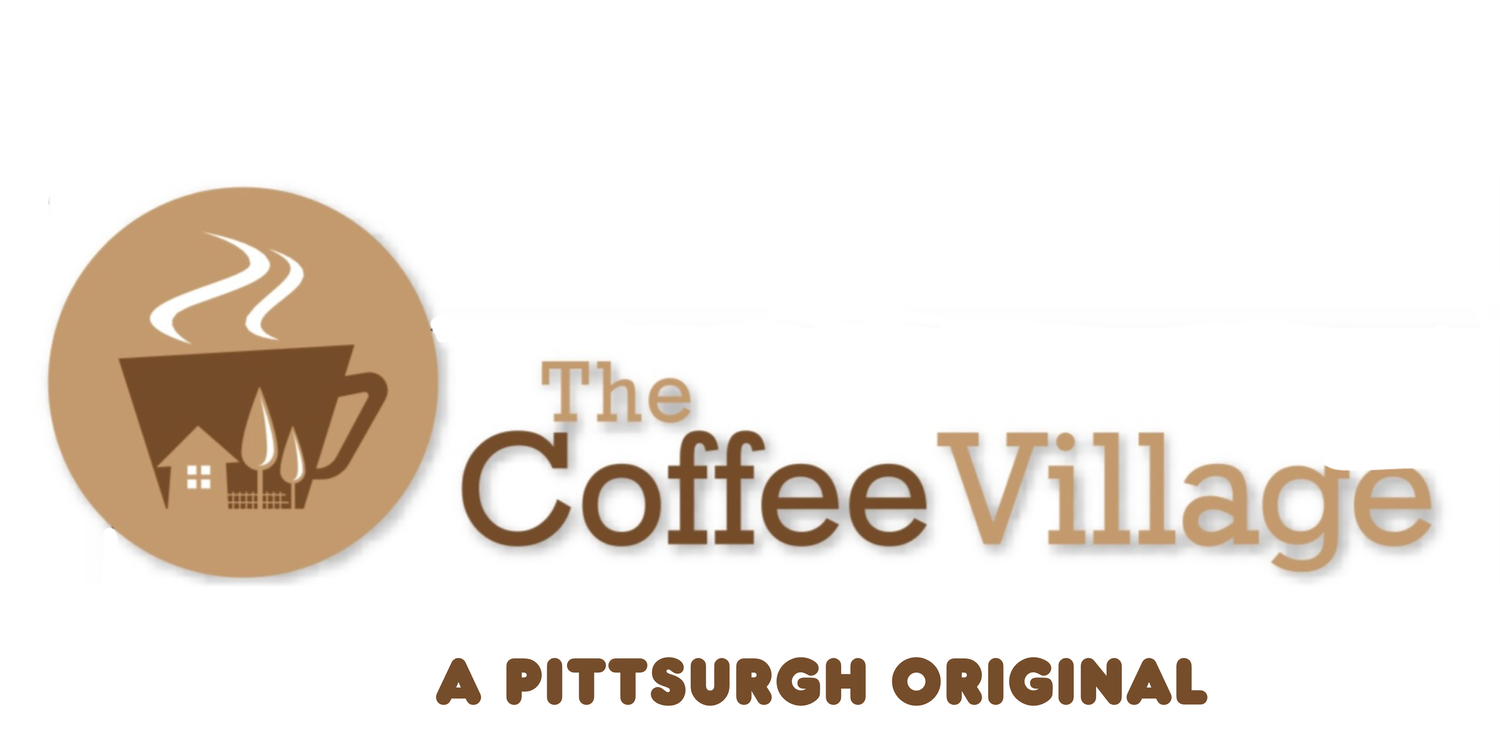Dalgona coffee. Have you heard of it? A cloud-like whipped coffee dolloped on top of a glass of ice cold milk. This smooth and creamy drink is one of the biggest coffee trends right now. It started becoming popular in early March on the popular app Tik Tok.
The whipped coffee is made similarly to a meringue. It uses instant coffee and water to make a foam, and then sugar to bind the foam into a nice thick and fluffy consistency.
But, what if you don’t want to use instant coffee? What if you want to make this delicious coffee beverage with your favorite Crazy Mocha beans? Is it possible?
Thanks to our baristas, the answer is yes! With a couple changes to the recipe, you can make a beautiful Dalgona Coffee without instant coffee -- but, before you do this, it’s important to understand the science behind how the whipped coffee is formed. The foam of the Dalgona Coffee is typically made with equal parts instant coffee, sugar, and milk (usually two tablespoons of each) which are then vigorously whisked until it creates a soft and velvety texture. Since instant coffee is brewed and dehydrated, it only needs water or milk to react, and it works well in the Dalgona Coffee recipe because it is highly concentrated. The powder contains proteins that regular ground coffee does not have. However, in the process of freeze-drying instant coffee, the beans lose oils that give the coffee its flavor. It is a bit more difficult to make the whipped treat with regular ground coffee, but this method preserves the coffee’s rich natural flavor providing a more delicious twist on the popular Dalgona Coffee recipe.
Now that you understand the process, here is what you’ll need to make Dalgona Coffee without instant coffee:
Coffee Foam:
4 Tablespoons brewed coffee
2 Tablespoons sugar
1 egg white
Base:
¾ Cup milk or dairy alternative
While an egg white may sound strange, it is completely safe to eat and does not have a distinct taste. The egg white’s protein helps to bind the coffee and sugar giving the coffee foam a thick texture.
Combine the brewed coffee and sugar - beat them together with a mixer until the sugar has dissolved into a nice coffee syrup. Add the egg and beat again until the mixture creates a nice, cloud-like texture. Put on top of a ¾ cup milk or your favorite dairy alternative. Layer the whipped coffee on top and enjoy!
If you give this drink a shot, please let us know. We would love to hear about your Dalgona Coffee experience!
